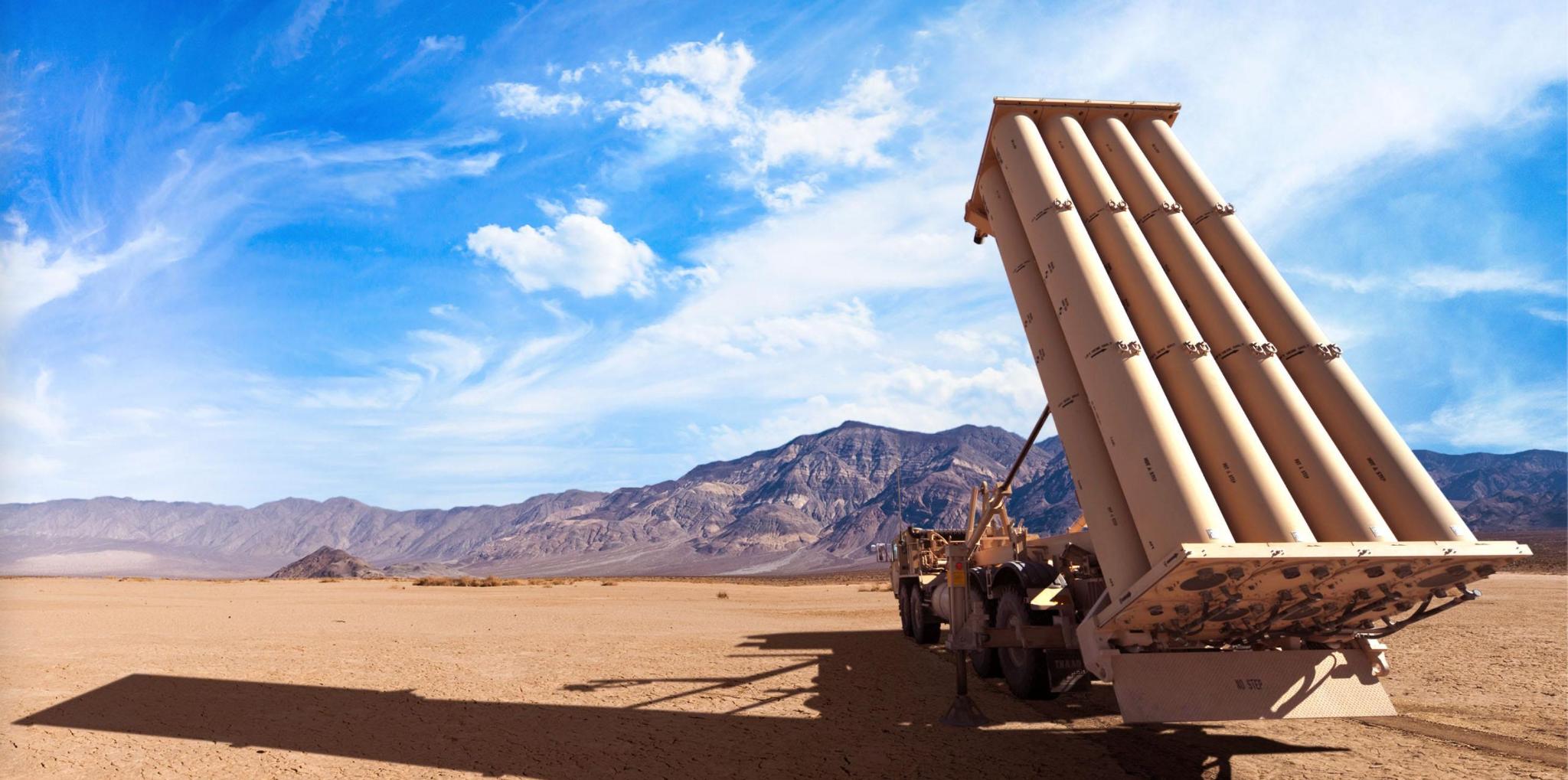PDF version here.
Yesterday, President Trump shared a three-year plan to build the Golden Dome–a bold missile defense shield to protect the homeland from every vector of missile attack. That announcement followed a chilling Defense Intelligence Agency (DIA) report outlining the missile threats to the U.S. over the next decade. America faces the most dangerous missile threat environment in history, and we are falling dangerously behind.
U.S. Adversaries Are on the Move
China: The Chinese Communist Party (CCP) is undertaking the most rapid and comprehensive nuclear and missile expansion in modern history. By 2035, the DIA assesses Beijing will:
- Expand its intercontinental ballistic missile (ICBM) arsenal from 400 to 700—with many housed in newly constructed hardened silos and mobile launch platforms.
- Increase its land-attack cruise missile (LACM) arsenal fivefold, from 1,000 to 5,000, giving China low-flying, radar-evading weapons that could target U.S. ports, bases, and cities with little warning.
- Grow its hypersonic weapons arsenal from 600 to 4,000 weapons, including systems capable of maneuvering at Mach 5+ through current U.S. missile defense layers.
Russia: Moscow is investing in next-generation missile systems to maintain parity with the U.S. and threaten NATO countries. By 2035, Russia will:
- Expand its land-attack cruise missile stockpile tenfold from 300–600 to 5,000, many of which are nuclear-capable, air- or sea-launched, and can fly below radar horizons to hit targets with little detection.
- Increase its hypersonic weapons inventory from 200–300 to 1,000, including weapons capable of penetrating NATO defenses and threatening forward-deployed U.S. assets and American cities.
- Sustain and modernize its ICBM force, increasing from 350 to 400 missiles, with upgrades including multiple independently targetable reentry vehicles (MIRVs) and hypersonic glide vehicle (HGV) payloads designed to evade missile defenses.
Iran: Tehran is chasing long–range strike capabilities to coerce its neighbors, attack Israel, and threaten the American homeland. By 2035, Iran could:
- Field 60 militarily viable ICBMs, giving the world’s leading state sponsor of terrorism the ability to hold U.S. cities at risk with advancements in solid-fuel technology, space launch vehicles, and missile miniaturization - if the regime decides to pursue these capabilities. Iran does not currently possess any ICBMs.
- Pursue fractional orbital bombardment systems (FOBS), allowing it to launch projectiles into orbit and re-enter from unexpected trajectories—bypassing U.S. early warning radars.
- Increase attacks on U.S. forces and partners across the Middle East. Iran has the largest regional ballistic missile arsenal, and it has been growing in accuracy, mobility, and survivability.
North Korea: Kim Jong Un is building a nuclear-armed missile force capable of deterring or blackmailing America. By 2035, North Korea will be able to:
- Increase its ICBM inventory fivefold from 10 or fewer to 50 and deploy solid-fueled ICBMs like the Hwasong-18, which can be launched at U.S. cities with minimal warning and are significantly harder to track or preempt.
- Field submarine-launched ballistic missiles (SLBMs), giving the regime a mobile, sea-based second-strike capability for the first time if technical and industrial advances continue.
- Develop maneuverable hypersonic glide vehicles and missiles capable of bypassing U.S. defenses, enabling Pyongyang to threaten forward deployed U.S. forces and coerce Indo-Pacific allies with nuclear blackmail.
Biden Refused to Face These Threats
While this Quartet of Evil sprinted toward missile dominance, Biden stood still–refusing to invest in a missile defense system capable of protecting the homeland, and ignored warnings from the Intelligence Community. His approach had three fatal flaws:
- It chronically underfunded missile defense. Biden’s defense budgets repeatedly shortchanged the Missile Defense Agency, scaling back or delaying critical programs like space-based sensors, next-generation interceptors, and hypersonic defense systems.
- It clung to outdated arms control fantasies. Instead of investing in new deterrents, the Biden Administration prioritized diplomatic illusions, chasing Cold War-era arms control frameworks that China and North Korea were never party to and that Russia doesn’t respect.
- It had no strategy for hypersonics. Despite China and Russia’s growth in maneuverable hypersonic glide vehicles, Biden’s team offered no clear vision to catch up, let alone get ahead. There was no urgency, no funding, and no plan for countermeasures.
The Trump Administration Must Act Decisively
- President Trump’s Golden Dome initiative must be implemented. This national missile shield would be capable of protecting the American homeland from all vectors of attack—ICBMs, SLBMs, hypersonics, and cruise missiles—with a layered architecture that includes space-based sensors and next-gen interceptors.
- Congress should fully support the Trump Administration’s historic defense budget request, and carry his Peace Through Strength vision forward with significant supplemental spending to fund the fight, including on missile defense. Facing generational threats will require generational investments.
- But every month under a Continuing Resolution (CR) is a month lost in missile defense. We won’t deter great-power conflict on the cheap – and budget gimmicks like CRs make it even harder by freezing the Pentagon’s budget, delaying “new starts,” crippling procurement, and blocking innovation.
- American ingenuity is our best weapon. Just days ago, a Houston-based startup completed the first high-thrust U.S. flight test of a rotating detonation rocket engine—a breakthrough that may lead to affordable hypersonic weapons and rapid global travel. To sustain U.S. missile defense superiority, the Trump Administration and Congress should prioritize investment in next-gen propulsion tech and streamline public-private defense innovation partnerships.
- Enhancing U.S. missile defense will require streamlining research and procurement for the military technologies of tomorrow and speeding up production with commercial solutions. We must develop advanced systems across land, sea, air, and space to ensure integrated command and control against threats from all four hemispheres.
We are rapidly approaching a world where the United States is outgunned and outpaced with dangerous missile threats. Only decisive action will keep the peace and deliver America’s security against this missile threat environment–the most dangerous of all time.

